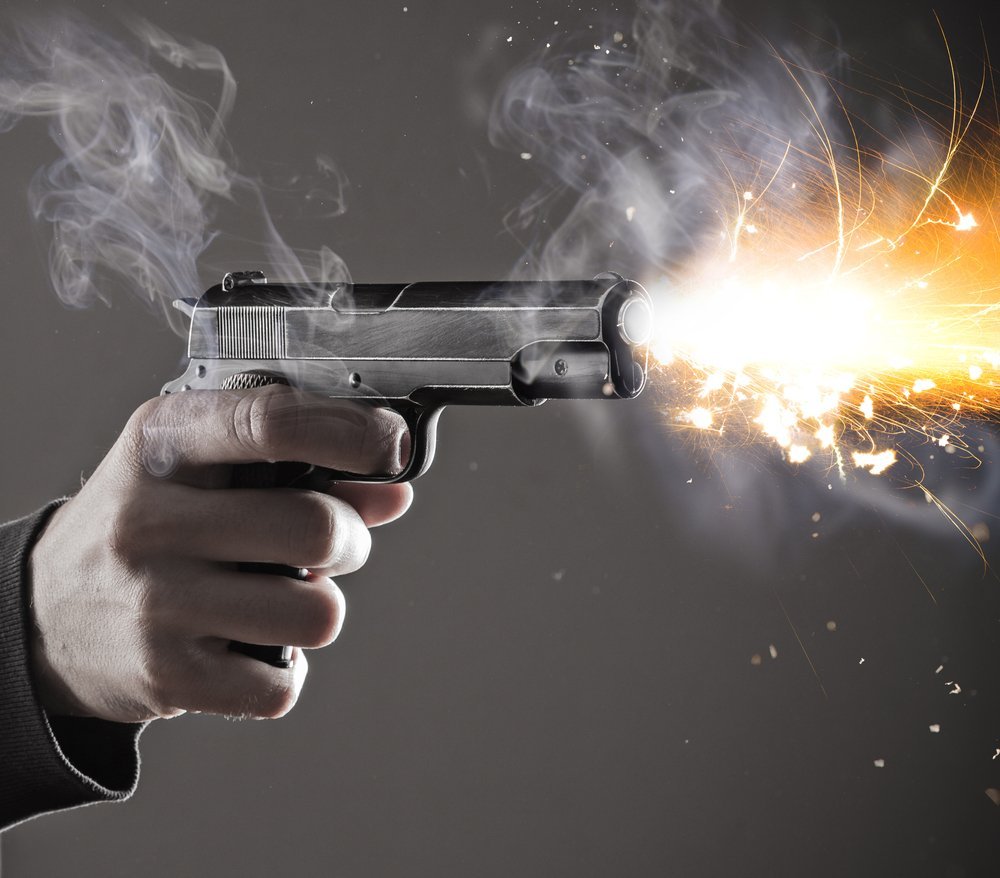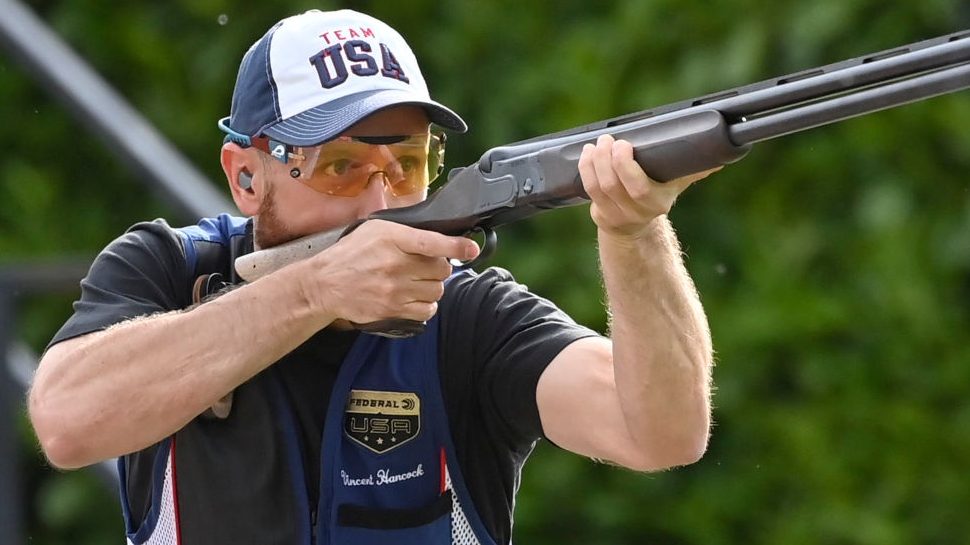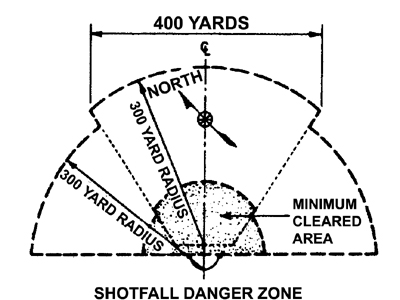
This article will teach you how to shoot clay birds. Clay shooting is not as hard as it seems! There are only 4 steps to clay shooting and they're not difficult as you might believe. First, get your gun. Clay isn't going to stop moving after it leaves your gun. This means you need to locate a "kill spot" point. You'll be able target birds in a way that is most likely to hit them once you have this point.
Trap
To get the best shots, shoot only when the target is at a specific height. Do not rush your shot. You can avoid hurrying your shot by pre-mounting your gun to your shoulders. Before calling the bird, ensure that the muzzle points of the gun are in the proper position. Once the bird appears, raise the muzzle to slowly approach it. You can press the trigger when you have reached the target. Your arms should remain still. After the bird has flew away, a skilled shooter will continue swinging his gun.

Skeet
You need to practice shooting clay pigeons. Clay firing is difficult because there are many factors involved. These are important factors to remember when firing clay pigeons. They include the angle of the gun and the amount of clays released per minute. It may seem awkward at first to shoot clay pigeons in jerky movements. However, with practice you can become a skilled clay pigeon shooter.
Sporting
Sporting clay pigeons in shooting is very popular. Participants use a small gun and cartridges in order to hit clay targets. The targets can be released in different ways. These changes are made to imitate the movements of small migratory birds as well as running hares. You can shoot with confidence or learn something new.
Rules
Shooting clay pigeons is not an easy task. There are many rules. Safety and avoiding distraction are the main goals. While the rules of clay pigeon shoots may vary from one club and another, they all need to follow these safety precautions. To ensure safety, you must always fire your gun fully open. You need to keep your finger from the trigger until the gun is ready to fire. Five-stand shooters should also shoot at a safe distance from the target bar while unloaded. Be sure to treat all firearms as loaded.

Equipment
Clay pigeon shooting requires a few key pieces of equipment. A shotgun and ammunition are essential for clay pigeon shooting. A lightweight shotgun that is well balanced and has low recoil should be used. The best equipment will enhance your safety and playtime while shooting. Before you go shooting, ensure that you have safety glasses, earplugs, and a cap.
FAQ
How much does hunting cost?
The price of a hunting trip varies depending on where you live, the type of wildlife you plan to target, and the size of the animal you intend to kill.
The average cost of a hunting party for two people is $500 to $1,000 per person. This includes accommodation, food as well as equipment, licenses and gas.
Certain areas may have higher prices than other. Hunting during peak seasons such as the fall turkey and spring turkey seasons will result in higher prices.
What is the most critical part of hunting wildlife?
How do we get there You must first learn how to accurately shoot. Then, it is important to know how to hit the target. Then, it is time to learn how make adjustments when you miss.
The most important part of hunting is knowing what you're doing. You will never be able to improve if your knowledge is not up-to-date. It might seem like you have improved because of your better shots. But if it wasn't so, those shots won’t make any difference. The same goes for hitting targets. If you don’t get why you’re not succeeding, you won’t be able to change. This means that it is essential to understand what your goal is.
This is where knowledge comes into play. Understanding the animal you are hunting will determine your ability to hunt it. While out in the natural world, it is important that you learn everything you can about any animal you encounter. You want to know their habits, their behaviors, and even their personalities. You can plan your hunts to make them run smoothly.
Learning from past success stories is a great way to improve your skills. There are many books out there on the subject. In addition, there are websites like www.thehuntingzone.com that offer great tips and advice. Finally, you have people who have years and years of experience. They can help you to identify what works well and what doesn’t.
Once you are confident in your knowledge, you can start to practice. Practice makes perfect. But you should not practice until you feel great. Instead, you should practice until your confidence grows. Confidence is a way to relax and enjoy the process. Relaxation allows you to focus on the task at hand. Concentration will allow you to seize every opportunity. Opportunities will only appear if you are calm and focused.
When you're ready to put your new skills to use, it's time to test them. You don't have to fail. Don't worry if you fail. Just keep practicing. You will eventually achieve success.
Where can I buy a gun? Is it really necessary?
To hunt certain species, a gun is required by law.
Many states require hunters have a firearm. The exact type depends on the game you plan to hunt and the state you reside in.
You can buy a rifle, shotgun, handgun, muzzle loader, crossbow, or archery weapon at any sporting goods store.
It is important to choose a weapon which suits your needs. You might look at a.22 caliber gun if your goal is to hunt small game such as rabbits, squirrels, and pheasants.
You might consider purchasing a larger caliber weapon if you are planning to hunt large game such as deer, elk and bears.
Don't buy a weapon until you feel confident with it. A gun can be a dangerous weapon. Always keep it unloaded until you are ready to shoot.
A qualified gunsmith should inspect any gun you are considering buying. Ask the seller to demonstrate how to unload and load the weapon.
Be sure to verify the manufacturer's warranty. Ask the dealer for a warranty if there is none.
Ask the dealer for a copy if their safety instructions. These documents should contain information regarding safe storage and maintenance.
Check the serial number. If it starts with "NIB" (or "New In Box"), the gun was made brand new.
If the serial number begins with an odd number, the gun was previously owned.
If you are unsure about whether the gun is used, contact the manufacturer. They should be willing to give you details about the gun's history.
Why is it that only 1% of hunters kill deer annually, according to the U.S. Department of Agriculture.
USDA estimates that about 6 million Americans hunt deer. Of these, only about 2.2 million actually shoot one.
This means that about 0.6% of hunters kill a deer each season.
Statistics
- Thanks to the 1937 Pittman-Robertson Act, an 11% excise tax was placed on the sale of firearms, which were then used for conservation. (stacker.com)
- Licenses dropped from a peak of roughly 17 million in the 1980s to 15 million in 2019, according to The Seattle Times. (stacker.com)
- Over the past 50 years, the number of hunting licenses in California has been on a rapid decline, falling 70% from more than 760,000 in the 1970s to under 268,000 in 2020—even as the state's population has skyrocketed, according to The Mercury News. (stacker.com)
- In less than 20 years, Rhode Island saw a 40% drop in the number of hunting licenses for residents, according to The Valley Breeze. (stacker.com)
External Links
How To
How to hunt wild hogs
Large animals that can be found in North America are wild hogs. They can also be found in Asia, Africa, Europe, and Asia. Wild hogs eat both vegetation and small animals, such as birds, fish, mice, rabbits and mice. They usually feed at night. After six months of gestation, one piglet is born. A sow has one child every two years. Wild hogs can be solitary, but they may live in herds.
Wild boars typically weigh around 200 pounds (90kg). Their head length is between 10 and 12 inches (25-30cm), while their body length is between 20 and 30 inches (50-60cm). Wild pigs have long legs with broad shoulders and short tails. They have a thick layer of fat under their skin.
They have a very strong sense of smell, hearing, and sight. They use these senses to detect danger and find food. They can run upto 35 MPH (56 Km/h) and jump upto 15 Ft (4 m). They have sharp teeth and claws. They are aggressive when protecting themselves against predators.
Hunting wild hogs is hard because they are intelligent, fast, and elusive. Hunting wild hogs is a dangerous business. The animal may flee if hunters take too long to kill it. If hunters shoot too late, the animal may die before it reaches cover.
There are many types of hunting methods used to kill wild hogs. The most common is shooting. This requires hunters to track down the animal and then wait until it comes into range. Trapping is another method. The trapping method involves placing traps close to water sources that the hogs can drink. The traps are often equipped with a scent lure that includes peanut butter mixed with corn meal. When the trap is opened, the hunter shoots a trapped pig.
Snaring is another option. To catch the pig, snaring uses a rope-covered noose. It works best if the pig is caught during its mating season.
You can also use poisoning, spearing, or netting. Netting and spearing involve placing a net or spear through the pig's neck to stop its breathing. Poisoning is when the poison is injected into the pig's throat.
Wild hog hunters must be prepared to deal with the cold. In some areas, hunters wear snowshoes to keep warm. Hunting dogs can help hunters track their animals.